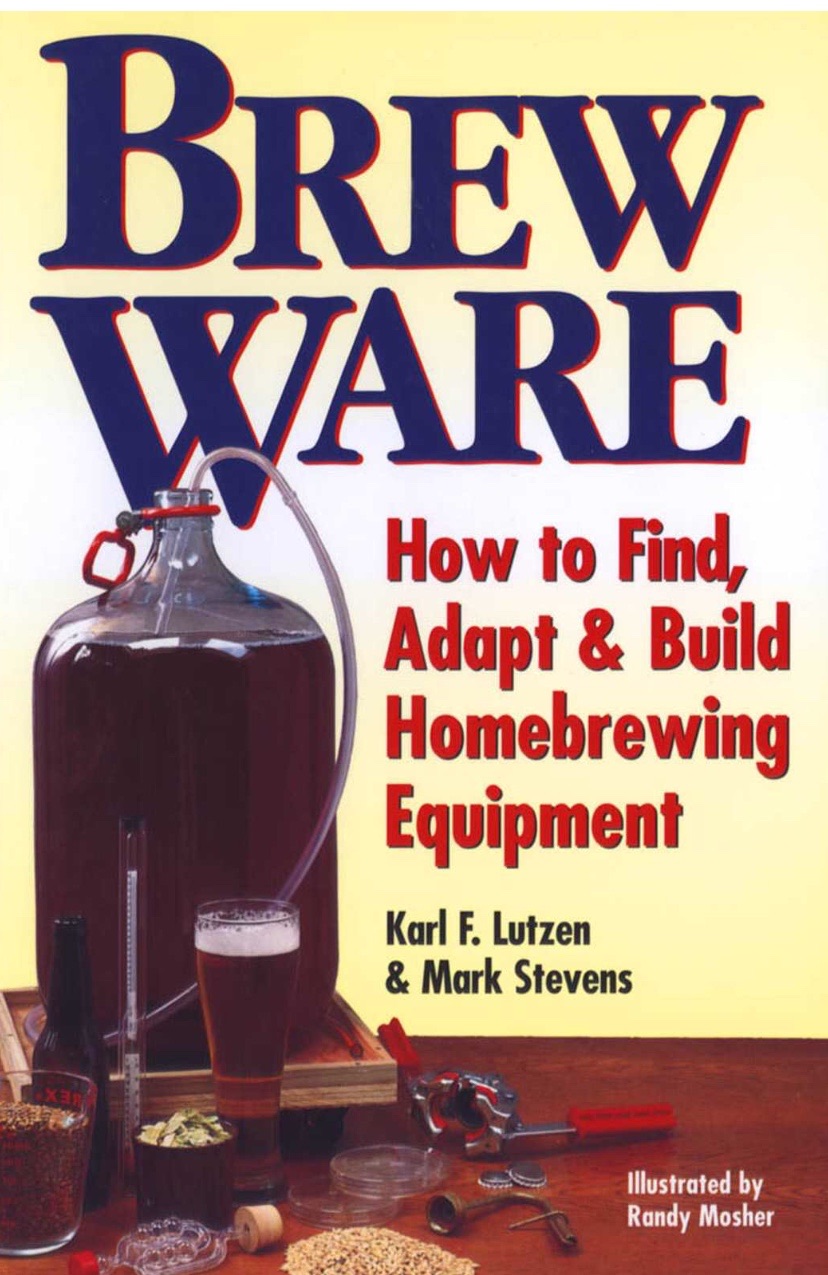Man-O-Leisure
Well-Known Member
So, from lots of researching equipment i see that down here in Brasil its just too expensive to buy good brewing equipment, so as i am starting out why not try and make my own right!
Basically i mean, just buying some largish aluminium (stainless maybe) pots and the valve and thermometers and try to install them myself..
My question is basically that, just how hard is that? I guess the pot only will need 2 holes drilled for the valve/tap and the thermometer to go in, and then are they just soldered in to stop leaking?
I wanted to have something similar to one of those Blichmann Kettles that have the valve at the bottom and the thermometer just above it, but a 50 litre one of those here in Brasil are over $1000!! (Each)..
Basically i mean, just buying some largish aluminium (stainless maybe) pots and the valve and thermometers and try to install them myself..
My question is basically that, just how hard is that? I guess the pot only will need 2 holes drilled for the valve/tap and the thermometer to go in, and then are they just soldered in to stop leaking?
I wanted to have something similar to one of those Blichmann Kettles that have the valve at the bottom and the thermometer just above it, but a 50 litre one of those here in Brasil are over $1000!! (Each)..



